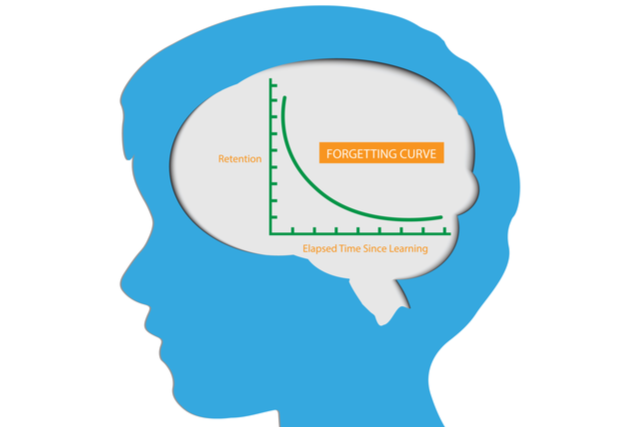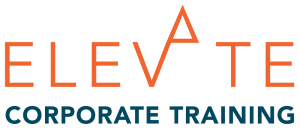If you look at job postings today, there’s an interesting trend emerging. Many of most in-demand jobs are listing different skills than in years past. LinkedIn talent research says more than 50% of the skills requested didn’t even make the list a few short years ago.
We’re in an era where the difference between success and failure can be directly linked to how well companies continue to learn and grow.
We’ve seen so many changes over the past year. It’s become evident that one of the most important attributes for any employee will be agility. The ability to evolve and adapt to a changing environment is at the heart of sustainable learning.
What is Sustainable Learning?
Sustainable learning has nothing to do with environmental education. Sustainable learning is about creating a learning culture that sees continuous improvement embedded into your organisational culture.
By creating a consistent culture of iterative learning, employees develop the knowledge and skills they need for the job right now and position themselves for further improvement.
Building a sustainable learning model for your organisation drives workplace performance and can lead to substantive results, such as 14% higher employee engagement and 24% better workplace performance.
The Forgetting Curve

As humans, our brains are good at storing information that helps us avoid harm. We tend to remember experiences that evoke powerful emotions. However, we also tend to forget things we’ve learned that don’t meet these criteria.
Psychologist Hermann Ebbinghaus calls it the forgetting curve. Memories tend to weaken over time.
Ebbinghaus also notes that the biggest drop in retention happens almost immediately after learning. Without reinforcement, knowledge can be forgotten easily. Overcoming the forgetting curve takes consistent training and coaching.
Coaching helps develop potential.
Coaching doesn’t come naturally to most people. It’s a learned skill that takes training and practice. It’s not about telling someone else what to do. It’s more about helping others unlock their potential to maximise performance. Rather than teaching someone, it’s about helping them learn.
For training to be effective, managers must be trained on how to coach their staff. Business leaders must understand employee motivations to inspire and engage their team.
The Importance of Follow-Up
It’s imperative that leaders in business follow up training participants multiple times to explore how they are embedding learning from the training. After all, it’s not what they learned that’s important but how they apply this knowledge that will make a difference in your organisation.
Providing follow-up training helps, but it’s not enough on its own. Business leaders must commit to following up and helping make sure behaviour sticks.
One strategy we’re pursuing that has been particularly effective is to use short, sharp training sessions on an ongoing basis. For example, remote 90-minute learning sessions monthly help to combat the forgetting curve — followed by follow-ups by managers. This strategy teaches new skills while reinforcing prior learnings to keep employees engaged.
When employees know that companies value learning and invest in upskilling their workers, it sends a consistent message about the importance of lifelong learning. Leaders that signal sustained learning throughout an organisation are expected and encouraged to help build a sustainable learning eco-system that becomes part of the company culture.
7 Strategies to Build a Sustainable Learning Culture

How important is a learning culture? A survey by IBM showed that 84% of employees in top-performing organisations say they are getting regular training. When the same questions were posed to employees in the companies performing the poorest, only 16% said they got the training they needed.
As many as 80% of business leaders believe effective training is crucial to the success of projects and can yield an increase in productivity of 10%.
So, how do you establish a sustainable learning culture? Here are 7 strategies to help build the culture.
1. Make learning a priority
Learning should start during the onboarding process and be maintained on a regular schedule. Structured learning, accompanied by on-the-spot coaching, makes a powerful combination.
2. Align learning to goals and objectives
Sustainable learning helps employees learn new skills, but it also goes further to help reinforce and embed the learnings. One of the best ways to do that is to link any work training to your organisation’s goals and strategic objectives.
3. Lead from the front
If you want to demonstrate that continual learning is important, lead by example. When it comes to culture, it starts with the tone set by upper management. By taking part in training, directing training, and investing in training for yourself, you’re showing team members what you value.
4. Make time for learning
Employees are busy. There are tasks to do and deadlines to meet. It can be easy to postpone training because of any number of pressing demands. Schedule training in advance and set aside time for team members to train.
5. Set training goals
Goal setting helps reinforce behaviours — especially when it comes to learning new skills. By setting goals for training and outcomes based on training, you’re helping to emphasize the importance of learning.
6. Connect learning to the real world
Nothing frustrates workers more than sitting through lectures and business philosophy lessons. Make sure training provides practical and useful information so that it can be applied outside the classroom environment.
7.Reward learners
Part of keeping employees engaged is celebrating the wins. Learning should be no different. Recognize milestones for employee learning and celebrate when lessons are applied in the workplace.
Focus on the Future

39% of employees think their job will become obsolete within the next five years. By providing continuous learning opportunities, organisations are helping prepare team members for the future and giving them the skills they need to succeed. This can help alleviate their fears.
When employees recognize you’re giving them skills to increase their value, they are more likely to be engaged in the training process..
There’s also an increased appetite for learning among employees to learn the skills they will need to be successful in the years to come. 86% of workers surveyed said they want their employers to offer more opportunities to learn new skills and 83% said they wanted training to enhance their current skills.
For employees, lifelong learning is a matter of survival. They have recognised that without learning new skills, they may fall behind. For others, learning new skills in a sustainable way is an investment in their company and their careers.
What is sustainable learning? Sustainable learning is a pathway to growth for employees and organisations.




